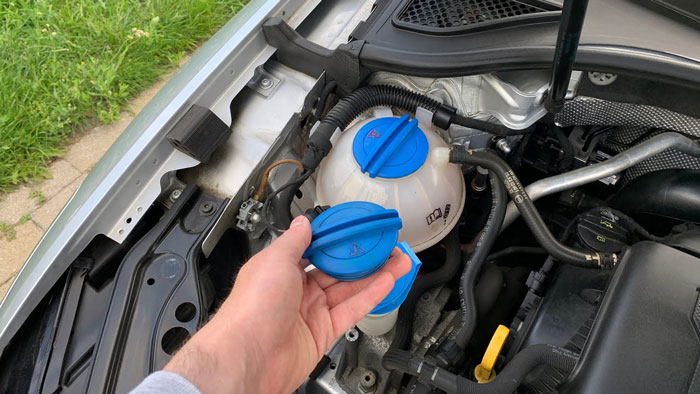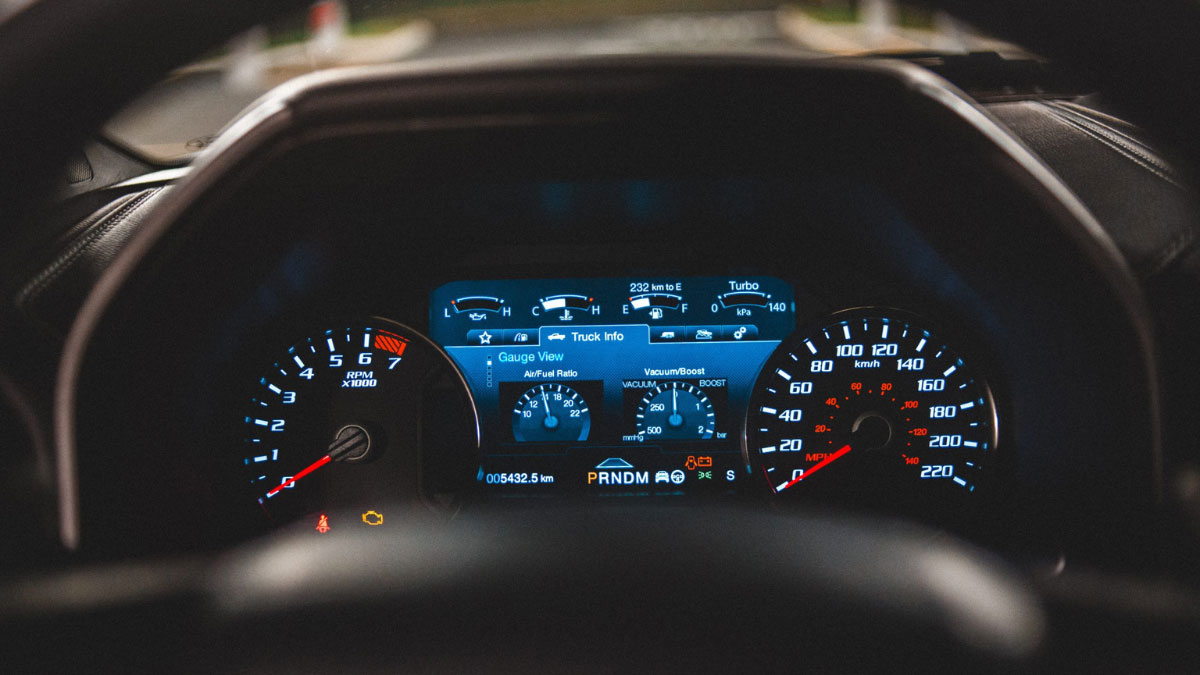Ever felt like your car is giving you the silent treatment, but in a not-so-subtle way? Well, buckle up because I’m about to spill the coolant on the five warning signs that your car’s coolant levels are running on fumes. Trust me, it’s not just your car trying to play hard to get – it might be crying out for help!
Picture this: you’re cruising down the road, wind in your hair, tunes blasting, and suddenly your car starts acting like a drama queen with steam coming out of its hood. Yep, that’s just one of the signs that your coolant is as low as my motivation on a Monday morning. So, grab a cup of coffee and let’s jump into these quirky indicators that your car is in dire need of a coolant top-up.
Understanding Low Coolant in Cars
Ah, low coolant, the sneaky culprit that can leave your car in hot water! Here’s the lowdown on understanding when your car’s coolant is running on empty:
- Coolant: The colorful liquid that helps regulate your engine’s temperature, preventing it from turning into a meltdown monster.
- Radiator: The cooling system’s sheriff, keeping tabs on the engine’s temperature and throwing a fit when things get too hot to handle.
- Cylinder Head: The brainy part of the engine where all the thinking (and the heat) happens. If it’s not kept cool, it might start thinking about causing some serious trouble.
- Water Pump: The heart of the cooling system, making sure the coolant flows smoothly through your engine’s veins. If it’s not pumping correctly, your engine might start feeling a bit faint.
5 Warning Signs of Low Coolant in Your Car
So, you’re cruising in your trusty four-wheeled friend, blasting your favorite jams, when suddenly, things start feeling a bit too hot to handle – and I’m not talking about your fire playlist. Here are five telltale signs that your car might just need a little coolant TLC:

Temperature Gauge Reading High
Ever glanced at that dashboard display and thought, “Hmm, since when did my car turn into a hot tub?” If your temperature gauge is creeping into the danger zone, it might be a red flag that your coolant levels are waving goodbye.
Unusual Smells from the Engine
Sure, cars have their own unique scent, but if you catch a whiff of something sweet and syrupy seeping from under the hood, it’s not some funky new air freshener—it could be your coolant leaking.
Heater Not Working Properly
When the weather’s colder than your ex’s heart, you’d expect that heater to kick into overdrive and keep you toasty. But if it’s blowing more cold air than a frosty breath, your coolant levels might be on the down-low.
Visible Leaks Under the Car
Let’s be real – cars drool sometimes, but it shouldn’t be a puddle of colorful liquid underneath. If you spot a neon-hued leak that could rival a unicorn’s trail, it’s time to check those coolant levels, pronto.
Coolant Warning Light on Dashboard
That little engine light ain’t just there for decoration. If it starts flashing like a disco ball, particularly with the word “coolant” not-so-subtly winking at you, it’s time to pull over and give your coolant system the attention it deserves.
How to Check Your Car’s Coolant Level
Ah, checking your car’s coolant level, a task akin to decoding ancient hieroglyphs but with a bit more charm. Here’s a simple guide to ensure your car stays as cool as a cucumber on a hot summer day.
Steps to Check Coolant Level:
- Park Your Car: Find a level spot to park your four-wheeled companion, as we want the coolant level to be just as balanced as our daily caffeine intake.
- Let the Engine Cool: Patience is a virtue, especially when dealing with hot engines. It’s like waiting for a friend to reply to your text – let it cool down for a bit.
- Locate the Radiator Cap: It’s like trying to find Waldo, but with less stripes and more fun. Twist that cap off; just remember, “righty tighty, lefty loosey.”
- Check the Coolant Level: Peering into the abyss of the radiator, you’ll see the coolant level. It should be between the “max” and “min” markers like a well-behaved student in a classroom.
- Top It Off: If the level is closer to the “min” mark, it’s time to show your car some love. Add a mixture of coolant and water – think of it as the perfect summer cocktail for your engine.
Coolant Types:
- Ethylene Glycol-based: The classic coolant choice, suitable for most vehicles. It’s like vanilla ice cream – a standard that never disappoints.
- Propylene Glycol-based: A safer alternative for pets and kids, in case Fido decided to take a sip. Think of it as the non-alcoholic version of coolant.
- Regular Checks: Like peeking under the bed for monsters, it’s essential to check your coolant level regularly.
- Consult a Professional: If in doubt, it’s best to consult a car whisperer – a mechanic – to ensure your coolant level is in top shape. After all, not everyone speaks engine fluently.
So there you have it, a playful guide to checking your car’s coolant level. Remember, keeping your engine cool is key to a long and happy road-trip-filled life for your beloved vehicle.
Conclusion
Well, folks, there you have it – the low coolant warning signs decoded! Remember, spotting these quirky indicators early can save you from a hot mess. From funky engine smells to mysterious leaks, your car is like a secret agent trying to tell you something. Checking the coolant level doesn’t have to be rocket science; just park, cool down, and top it off if needed. And hey, don’t forget about those coolant types – they’re pickier than a diva at a concert. Stay cool, keep your engine cooler, and remember, a little coolant love goes a long way in keeping your ride smooth and sassy. Drive on, my friends – until next time, when we decode more car mysteries!
Frequently Asked Questions
What are the warning signs of low coolant levels in a car?
Common signs include high temperature gauge readings, unusual engine smells, visible leaks, and the dashboard coolant light coming on.
How do I check my car’s coolant level?
Park on a level spot, let the engine cool, then locate the coolant reservoir. Ensure the level is between the minimum and maximum marks.
What type of coolant should I use for my car?
Consult your vehicle’s manual for the recommended coolant type. Typically, either ethylene glycol-based or propylene glycol-based coolants are used.
How often should I check my car’s coolant level?
Regularly check your coolant level every few months or before long trips to ensure it is at an appropriate level for optimal engine performance.
When should I consult a mechanic regarding my car’s coolant?
If you notice any warning signs of low coolant, experience frequent overheating, or suspect internal coolant leaks, consult a mechanic promptly.

